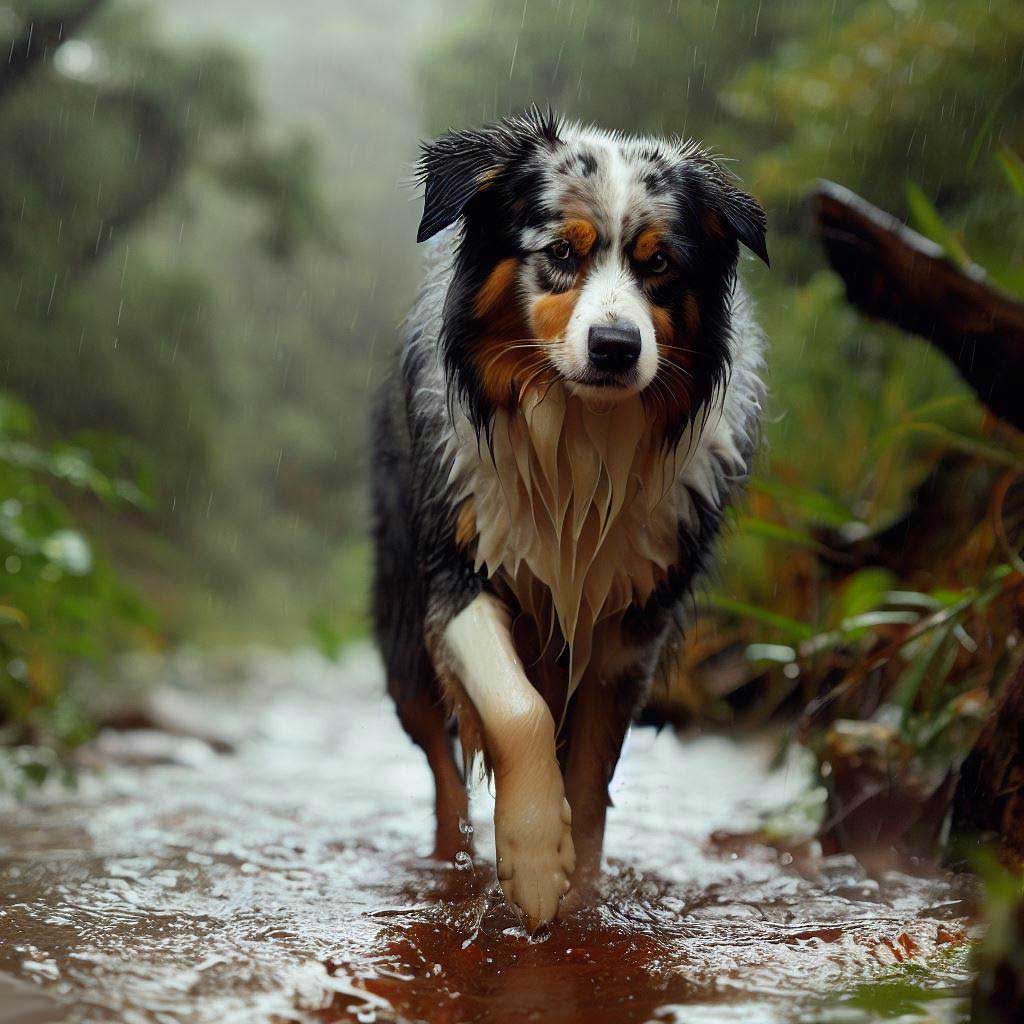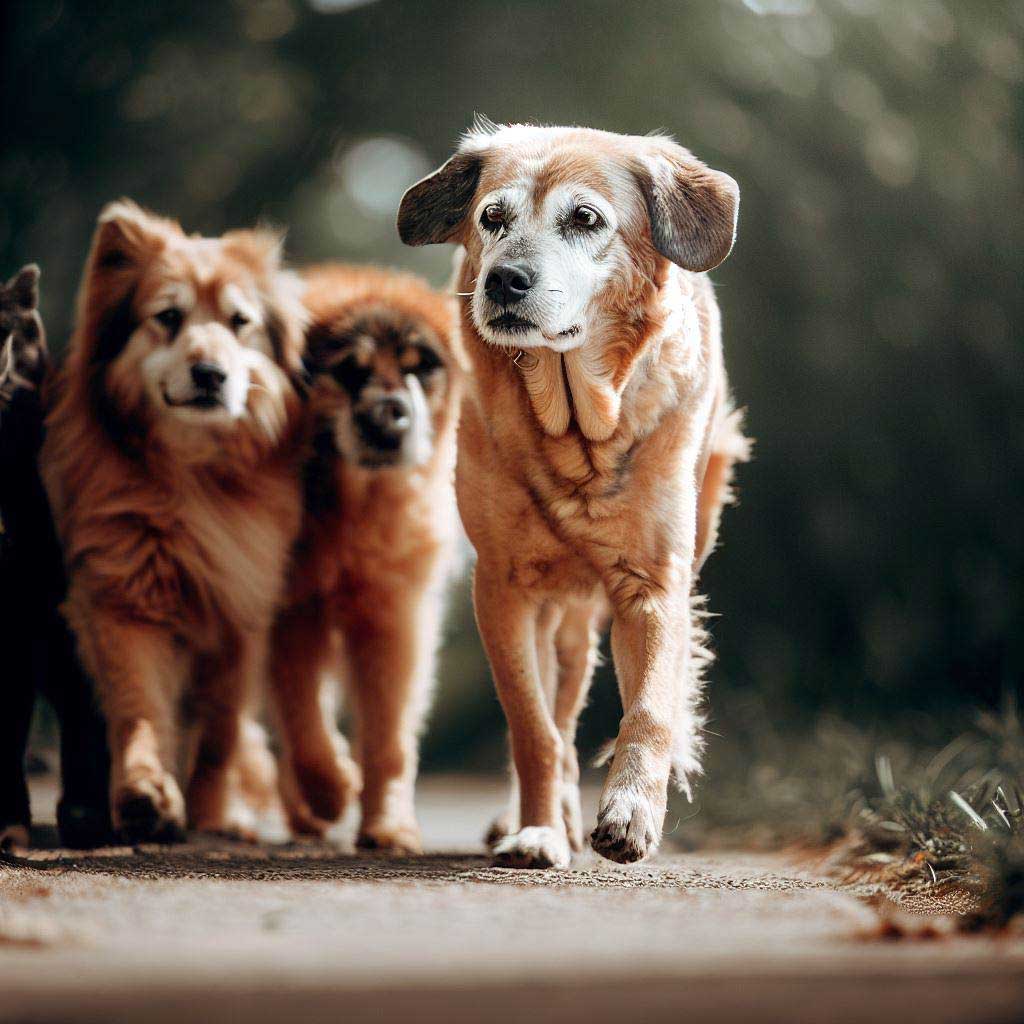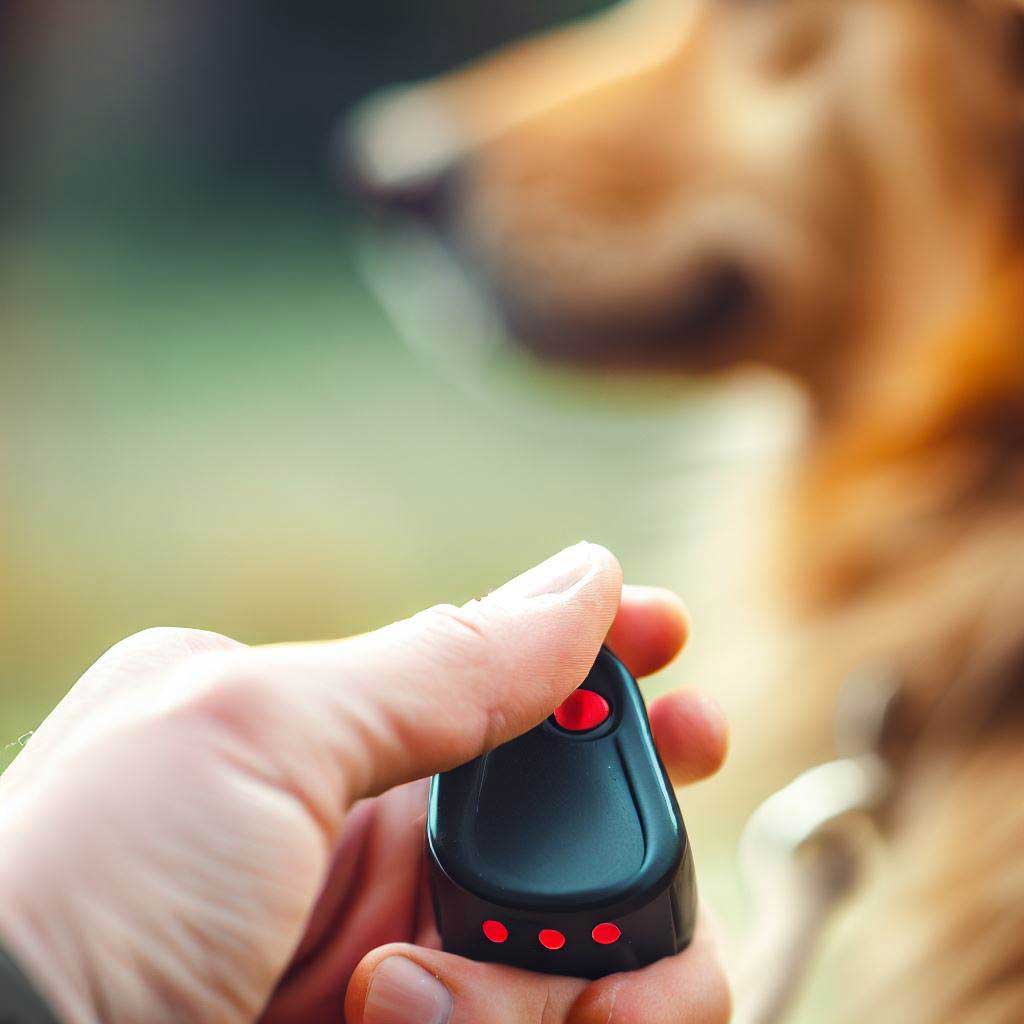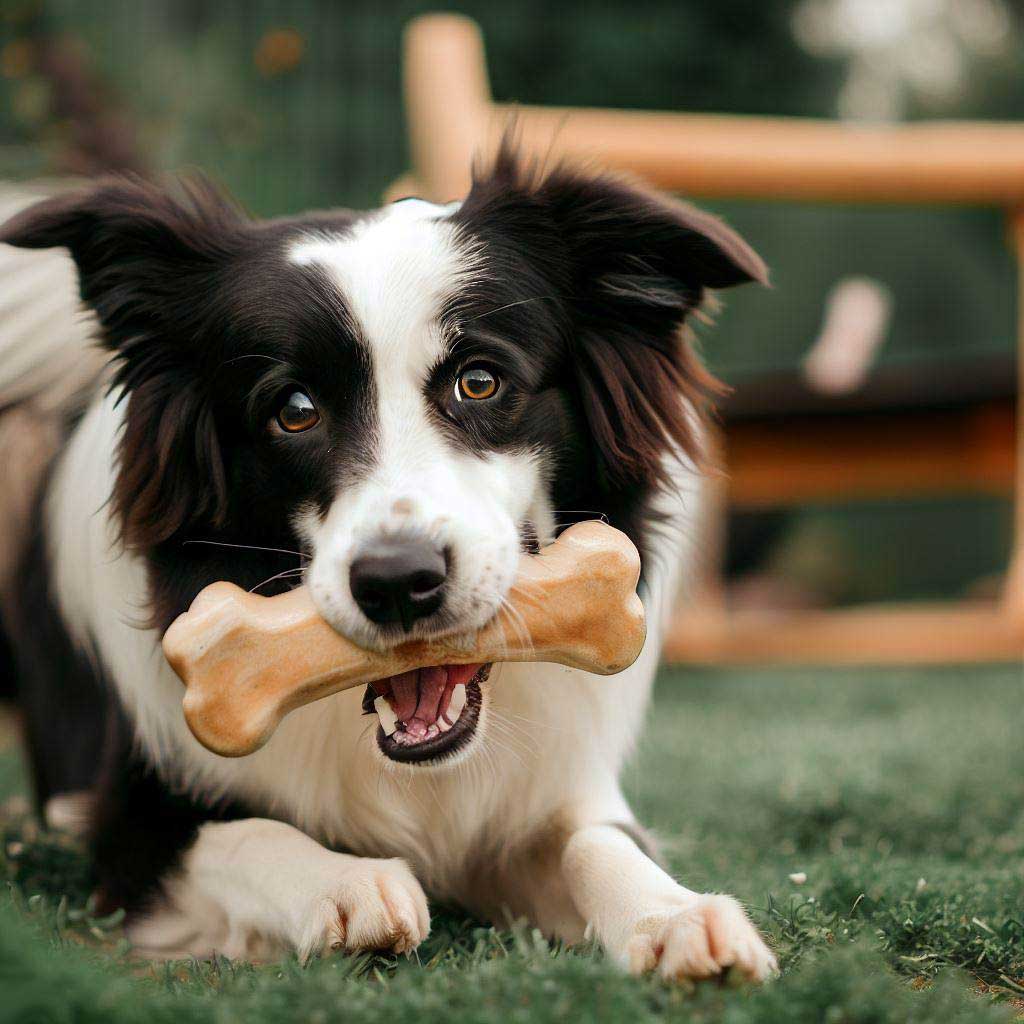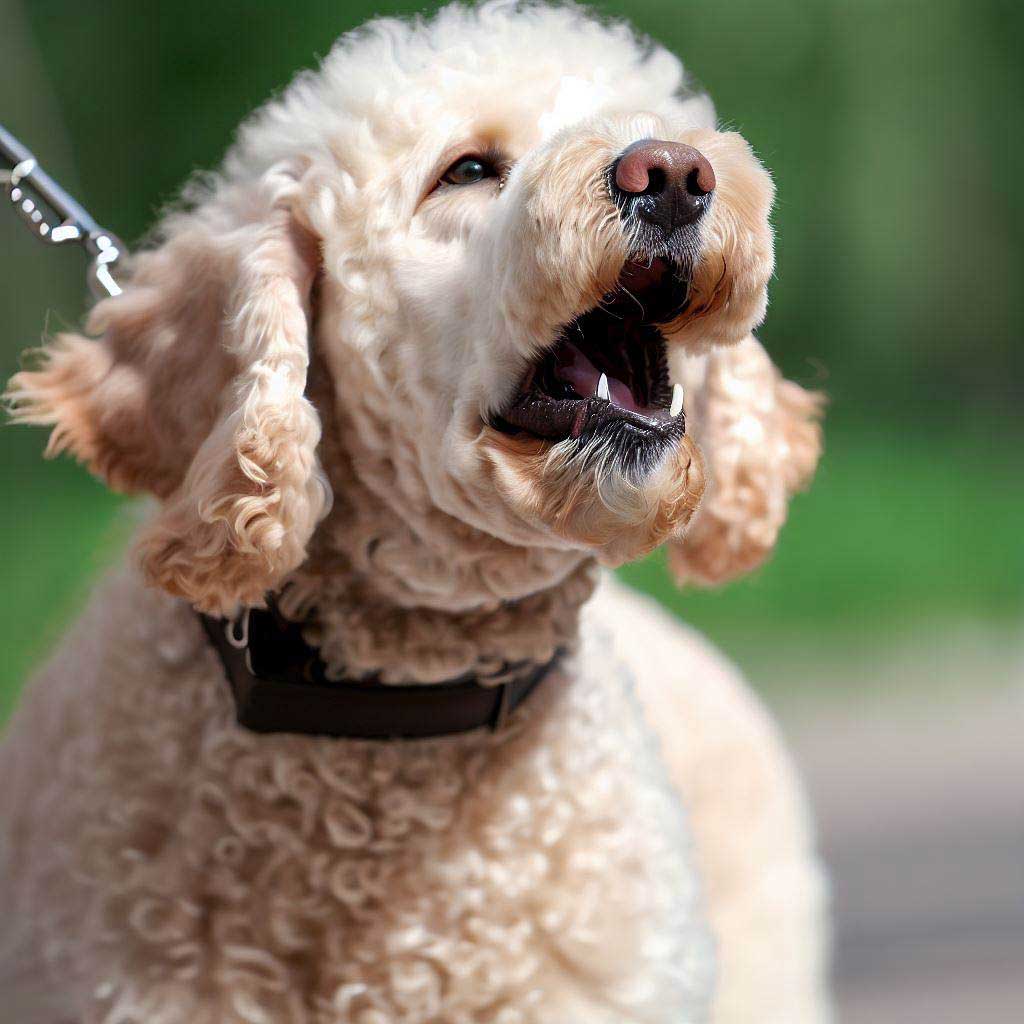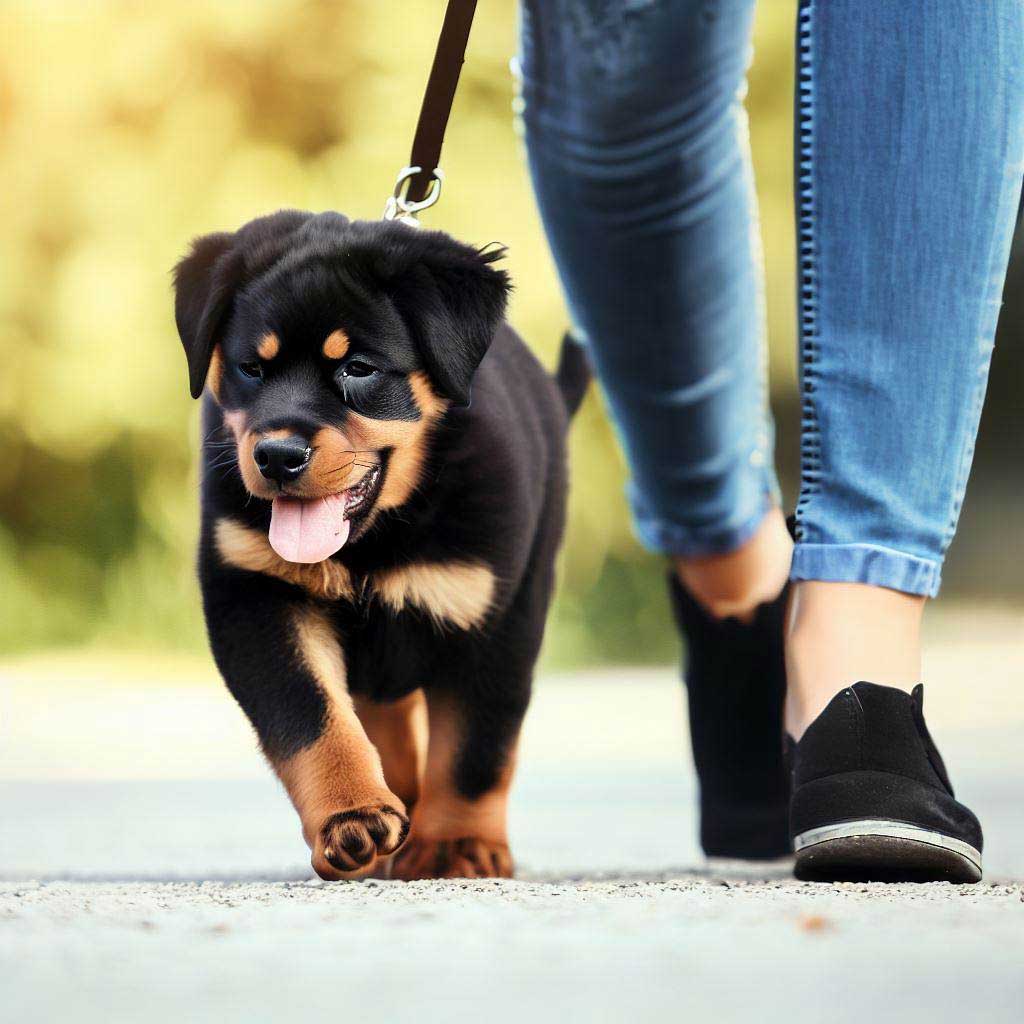Table of Contents
ToggleTraining Rescue Dogs: A Guide to Second Chances. Discover how the right training can offer a transformative experience for rescue dogs.
Fostering Change: Training Rescue Dogs for a New Life
Stepping into the world of rescue dogs is nothing short of a rollercoaster ride—emotionally fulfilling, yet rife with challenges. You see, training rescue dogs isn’t just about teaching them to sit or stay. It’s about unlocking a hidden language, bridging an emotional gap, and rewriting a story that might have had a shaky start. You’re not merely adopting a pet; you’re giving a living being a second chance at life, love, and happiness.
Undoubtedly, there are unique hurdles to overcome. This is why you’re here, isn’t it? To get a grip on the essentials, to navigate the maze of behavioral quirks, and to emerge on the other side with a loyal companion who understands you as much as you understand them.
Now, what can you expect from this comprehensive guide? Ah, a plethora of useful insights and actionable tips! By the time you finish reading, you’ll have your toolkit stocked with effective training methodologies, tailored specifically for rescue dogs—those misunderstood yet lovable creatures.
We’ll delve deep into the psychology behind their actions, teach you how to establish mutual trust, and even tackle the thorny issues of behavioral modification. And, of course, we’ll sprinkle in those tips and tricks that make the process not just effective, but also fun. Because let’s be honest, if you’re not having fun while training your rescue dog, you’re doing it wrong!
So, take a seat, perhaps with your newfound furry friend by your side. Buckle up, for you’re about to embark on one of the most fulfilling journeys of your life. Welcome to “Training Rescue Dogs: A Guide to Second Chances,” where you’ll find the roadmap to transform a life—yours and your dog’s.

Why Rescue Dogs Need Specialized Training
Ah, you’ve scanned through the introduction, perhaps sipping on a hot cup of coffee, your rescue dog lounging by your side. So let’s jump right in. Why, you might ask, is training rescue dogs a beast of a different color?
Unique Needs and Challenges of Rescue Dogs
First off, let’s talk history. Yes, the past matters. Your rescue dog’s history is a jigsaw puzzle, with missing pieces, smeared colors, and frayed edges. It’s not merely about commands and cues; it’s about understanding a narrative laden with uncertainty. Did you know that rescue dogs often have developed survival mechanisms that can masquerade as stubbornness or defiance? It’s true. What you may interpret as disobedience might just be a survival tactic that’s hard-wired into their psyche. It makes you rethink the simple act of saying “no,” doesn’t it?
But let’s not dwell on the past too long. Time to focus on what lies ahead. You see, their unique past gives rise to specific challenges. Ever noticed how your rescue dog might skitter away at the rustle of a plastic bag? That’s trauma, my friend. Each dog has its triggers, lurking like a shadow. Recognizing these triggers is your first step in tailoring a specialized training regimen.
Building Trust and Understanding
Hold that thought. Before you even think about training exercises, there’s a word you must etch into your mind: Trust. Without it, the most intricate training plans crumble like a house of cards. It’s the bedrock upon which all future endeavors stand.
Think about it. Would you listen to a stranger? No? Then why should your dog? Building trust is not about bribing with treats or cuddling excessively. It’s about predictability and consistency. Dogs, especially rescue dogs, thrive on routine. A regular feeding time, a fixed walking schedule—these are not mundane activities; they’re trust-building exercises. You’re not just filling a bowl with kibble; you’re establishing a contract of reliability with your dog.
Ah, but trust is a two-way street. Your dog also needs to understand you. This is where specialized training techniques come into play. With rescue dogs, you’re not just training; you’re communicating. You’re saying, “Hey, I get you. It’s okay.” Whether it’s a gentle pat after a job well done or the stern but loving enforcement of boundaries, each interaction adds a paragraph to the unspoken essay of mutual understanding.
The road to training rescue dogs is dotted with both triumphs and trials, but every step you take fortifies this mutual trust and understanding. And as you’ll see in the following sections, this foundation will make the task less daunting, more fruitful, and immensely rewarding for both of you.
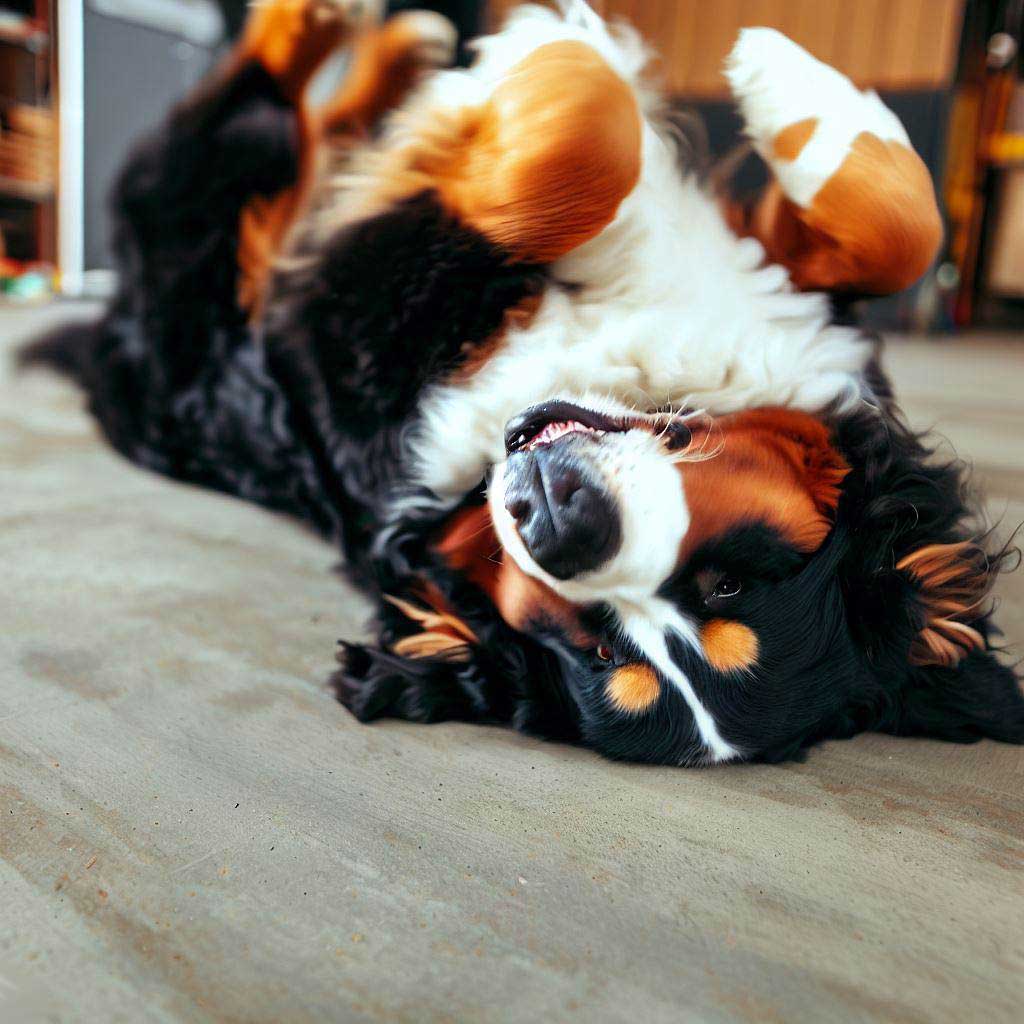
Initial Assessment: What to Know Before Training Starts
So, you’ve got your feet wet, explored the unique fabric of rescue dog needs, and you’re revved up to dive in. But wait. Before you unfurl that training mat, there’s some groundwork—no, call it reconnaissance—that’s indispensable. Here’s what you need to wrap your head around first.
Evaluating a Rescue Dog’s Current Level and Specific Needs
A rescue dog is not a blank slate; far from it. Therefore, training rescue dogs starts with an assessment, a sort of litmus test to gauge where your furry friend stands. Does he follow basic commands like ‘sit,’ ‘stay,’ or ‘come’? How about leash manners? You’d be surprised how much you can discern from a simple walk around the block.
But it’s not just about obedience. Dogs, like humans, have moods, quirks, and idiosyncrasies. Maybe Fido is a social butterfly but freezes when he hears a loud noise. Or perhaps he’s got the makings of a couch potato but leaps into action at the sight of a squirrel. These nuances are your cues, dictating the rhythm of your training. They set the tempo, provide the melody, and yes, sometimes even add a touch of jazz.
Medical Check-ups, Psychological Assessments
Let’s shift gears. Health. The cornerstone of any productive training program, and it’s not just about vaccinations or flea meds. I’m talking about comprehensive check-ups. The first stop is a trip to the vet for a full physical exam—your basic bloodwork, dental evaluation, and so on. Why? A dog with hidden health issues can’t fully engage in training. An achy joint, a sensitive stomach, and other medical nuances must be part of your game plan.
Meanwhile, a psychological assessment isn’t a luxury; it’s a necessity. You need to get inside that doggy brain. Is he anxious, aggressive, or just super-chill? These psychological profiles are like fingerprints. No two are identical, and they serve as your training blueprint.
So, we’re looking at a multi-pronged approach here. Physical health ascertains the ‘how’ of training—the methods and intensity you can employ. Psychological assessment informs the ‘what’—the skills and behaviors to prioritize. Combine these, and you’ve got yourself a tailored, efficient, and most importantly, humane strategy for training your rescue dog.
See what we’re getting at? We’re not just training; we’re sculpting a partnership, a camaraderie that’s as enriching for you as it is for your dog. But remember, each brick in this partnership must be placed with care, awareness, and a good dose of empathy. So, get that initial assessment locked in; it’s your roadmap to a happy, well-adjusted rescue dog.
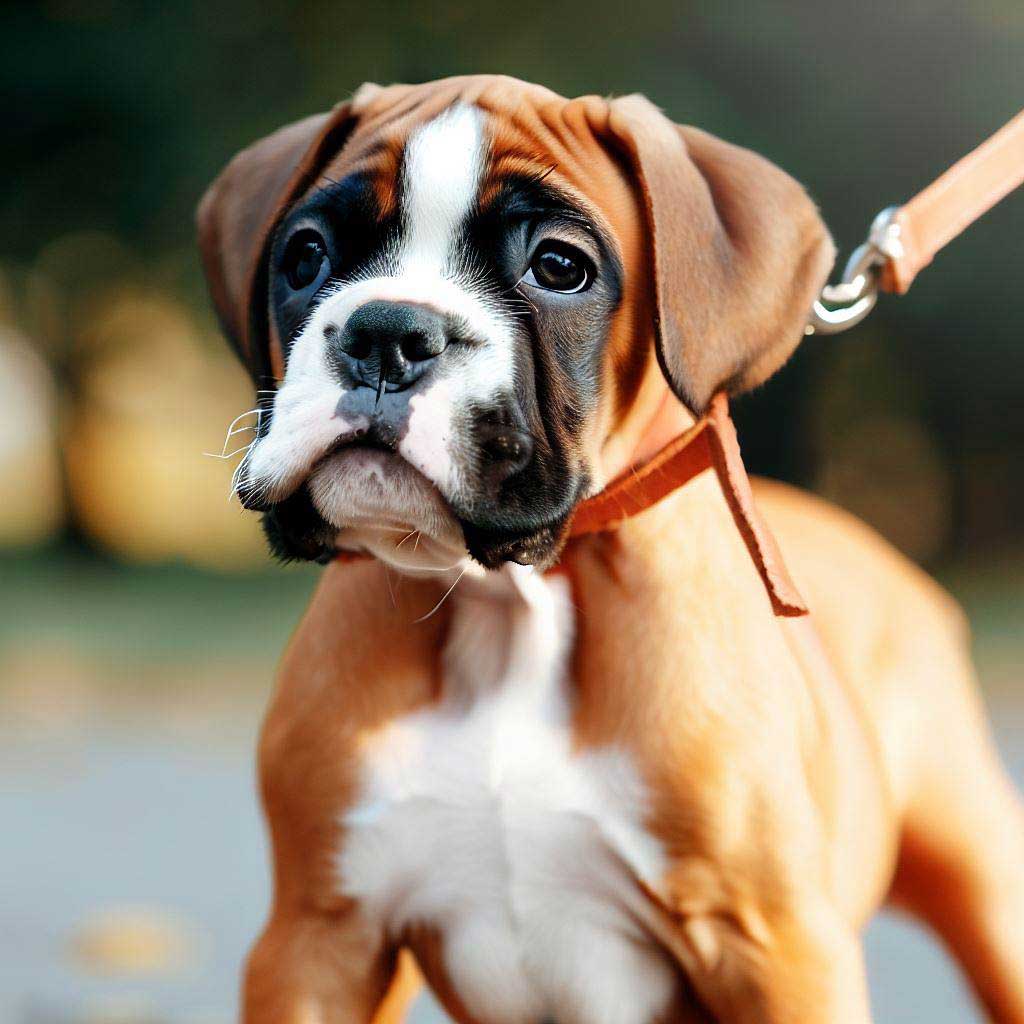
Essential Training Gear for Rescue Dogs
You’ve nailed down your initial assessment; you’re jazzed about the whole adventure ahead. But pause right there. The next puzzle piece? Gear. No craftsman ever said, “I’ll use any old tool in my shed.” When it comes to training rescue dogs, the paraphernalia you opt for isn’t mere afterthought—it’s the bedrock of success.
Leashes, Collars, and Harnesses
Listen, a leash isn’t just a leash; it’s an extension of your arm, a conduit of communication. Ever heard of a six-foot leather training leash? Ideal for control without constriction. But then, there are situations that cry out for retractable leashes—like when you’re in an open park, granting your dog that blend of freedom and safety.
Now, collars and harnesses. Consider a breakaway collar for initial training, especially with skittish rescue dogs. It’s designed to snap open if your dog panics, giving an extra layer of safety. For more robust control? A front-clip harness. It guides the dog back towards you if they pull, making it easier for you to lead.
Treats, Toys, and Clickers for Positive Reinforcement
Let’s swivel our spotlight onto positive reinforcement—the ‘language’ in which your training dialogue unfolds. You’re gonna need rewards, and they better be riveting. Think of treats like currency. But not all currencies hold the same value, right? Freeze-dried liver might be your dog’s Bitcoin, while a simple kibble is just loose change.
On to toys. It’s not child’s play. Toys like tug ropes or squeakers could be the motivational nudge your rescue needs. Use them as ‘jackpots’ for extraordinary performance during training sessions. They bring fun into the mix, yes, but also serve as a powerful motivator.
The clicker, my friend, is a tiny marvel. A single click encapsulates your “Well done!” into an instant, crystalline sound. Your dog does something commendable? Click. It’s as if you’ve frozen that exact moment of success, ready to be thawed and relived.
There you go—your toolkit is assembled. Leashes for nuanced control, collars and harnesses for safety, and treats, toys, and clickers to keep those dopamine levels high. We’re not merely talking about equipment; we’re talking about a set of instruments finely tuned to your rescue dog’s psyche. Because when you crack the code of synergy between gear and goals, you’ll find that training your rescue dog is not just effective; it’s downright eloquent.

Establishing a Safe Environment
Before the commands, before the leashes, there’s a space—your space—that needs to turn into a sanctuary. Let’s roll up those sleeves, because the first foundational stone in training rescue dogs lies in where they’ll actually live. You might think your home is the epitome of coziness, but consider this: to a rescue dog, it’s an alien terrain.
Creating a ‘Safe Space’ in Your Home
Dive into your dog’s shoes—or paws, if you will. Think microenvironments. A secluded corner in your living room could become their go-to refuge. Adorn it with a cushy dog bed, a blanket that smells like you, and maybe a chew toy for idle hours. Essentially, a place that screams ‘safety’ in dog language. And why not throw in a white noise machine? It can mask terrifying sounds like traffic or thunderstorms. You know what else? Baby gates aren’t just for toddlers. These barriers can section off areas where curiosity might lead to trouble, especially for a rescue dog adapting to a new world.
Familiarizing the Dog with Its New Environment
Next on the agenda is acclimation. A walk-through of the house, your yard, and maybe even the neighborhood sets the initial layer of familiarity. But hold on! Make it a sniff tour. Let the dog take the reins and explore organically, following their nose. After all, dogs ‘see’ the world largely through scent. Now, you might have an urge to introduce them to every corner of the park, the café where you get your morning coffee, or the doggy daycare down the street. Resist that urge. Overwhelm is real; pacing is key.
Intermittently during the tour, perform ‘touchpoints’—brief commands or cues, like sit or look, followed by a treat. It’s subtle, but it begins the process of linking compliance with rewards, a crucial element when training rescue dogs.
The aim? Transform your home from a stage of unknown variables into a theater where your dog knows all the lines. We’re talking physical and emotional landscapes, terrain and weather. And this landscape serves as the canvas on which the art of training unfolds.
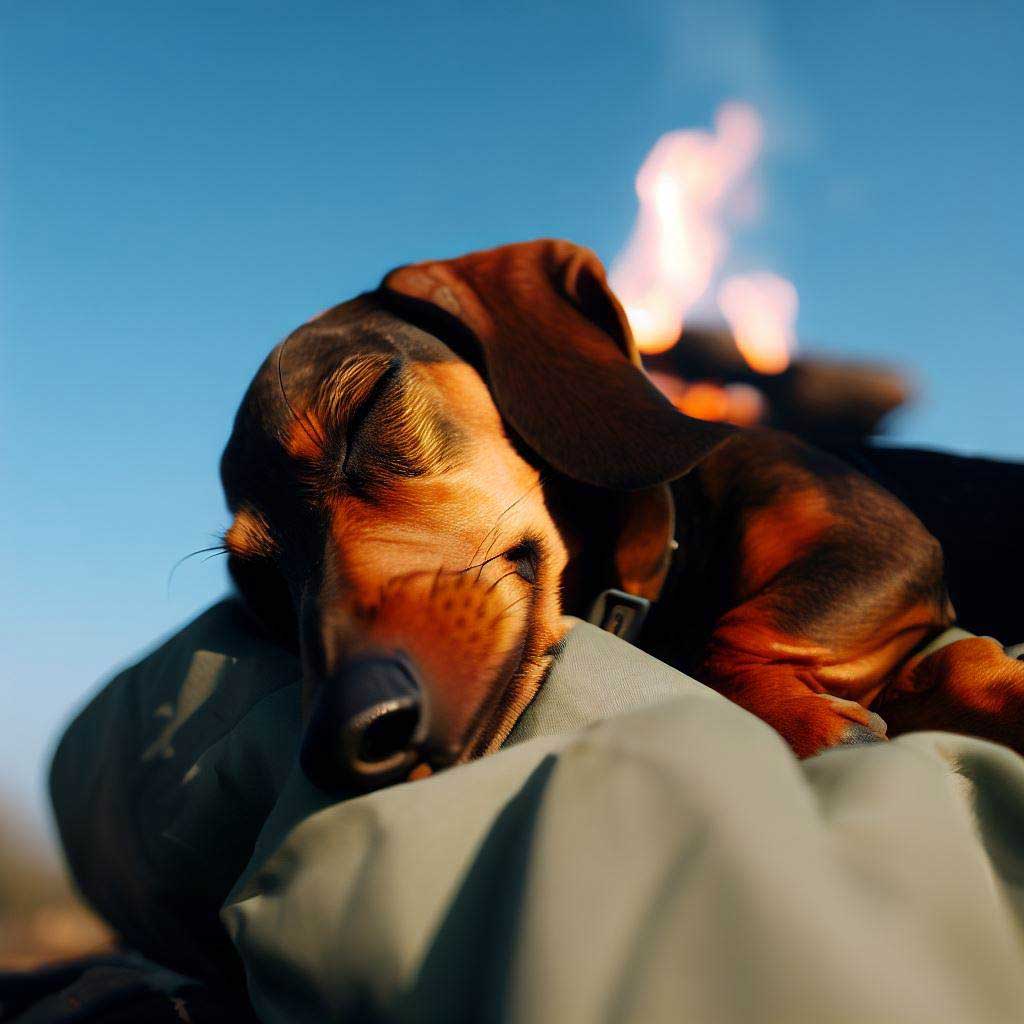
Basic Obedience Training: The Foundations
After establishing a safe environment, we sail straight into the heart of training rescue dogs—basic obedience training. You’re not just teaching your dog to obey; you’re establishing a universal language between two species. Think of it as teaching algebra, but with treats and wagging tails instead of numbers.
Commands like sit, stay, and come
These aren’t just tricks or party pleasers; they’re the ABCs of doggy language. The “sit” command: it’s not merely about planting a butt on the floor. It’s a pause button in a chaotic world, your dog’s cue to focus. You say, “stay,” and what your dog hears is, “Hold the fort, I’ll be back.” “Come” is the trump card, a command that can literally save lives, recalling your dog from potential danger.
Don’t just bark orders; make it a dialogue. Voice tone, hand signals, and body language—utilize them all. Efficiency, meet empathy. Yet, remember, patience isn’t just a virtue here; it’s the rule.
Training sessions: How long and how often?
The Goldilocks rule: not too short, not too long, but just right. Typically, 10-15 minutes per session suffices for most dogs. More than that, you’re heading towards an obedience burnout. Frequency matters too. Daily sessions? Absolutely, but intersperse them with breaks to avoid sensory overload.
Professional or DIY Online Training?
Ah, the fork in the road. Sure, professional training is stellar, but it’s also a significant investment of both time and money. DIY online training is the maverick approach, and yet, astonishingly effective. Now, which road to traverse?
Benefits of DIY Online Training
What if the pathway to effective training is but a click away? That’s right—online training offers a wealth of advantages that can sometimes overshadow even in-person professional sessions. The pros are multi-faceted; let’s dive in.
- Flexibility
First up, flexibility. Your schedule, your rules. There’s no fretting over appointments or rushing to classes. DIY online training allows you to tailor your sessions to your lifestyle and your dog’s pace. Next, affordability. Forget the hefty invoices of professional trainers; the cost of high-quality online training is but a fraction.
- Up to Date Content
What about the course content? Stellar and ever-expanding. These courses are curated by experts, often blending science-backed techniques with real-world experience. Multimedia formats—videos, quizzes, articles—enhance learning and keep both you and your pooch engaged. Plus, it’s a two-way street. Many platforms feature interactive components, like forums or even one-on-one consultations, creating a dynamic learning ecosystem.
- Autonomy
However, the crowning jewel is the autonomy it offers. You’re in control of both the curriculum and the teaching style. Are you aiming for a relaxed, fun-centric approach or a disciplined, structured regimen? The ball is in your court. Moreover, you gain a nuanced understanding of your pet that a third person might not catch, fortifying that invaluable human-dog bond.
Naturally, quality varies, and you don’t want to find yourself swimming in a sea of mediocre options. So, where to start? For actionable insights, check out “Best Online Dog Training Courses: Any Dog Will Love.” This comprehensive guide sifts through the clutter, spotlighting the top 3 of 15 remarkable online resources. Your path to a well-trained dog may be a few clicks away, without time crunching your style.
Training isn’t just about molding your dog into society’s expectation of ‘good behavior.’ It’s about unlocking a language, layering it with nuances of trust, discipline, and freedom. The end goal is not a dog that merely listens but one who understands and responds—a nuanced difference but a pivotal one. So, let’s fasten those leashes and unlock the true potential hiding within your furry pal.
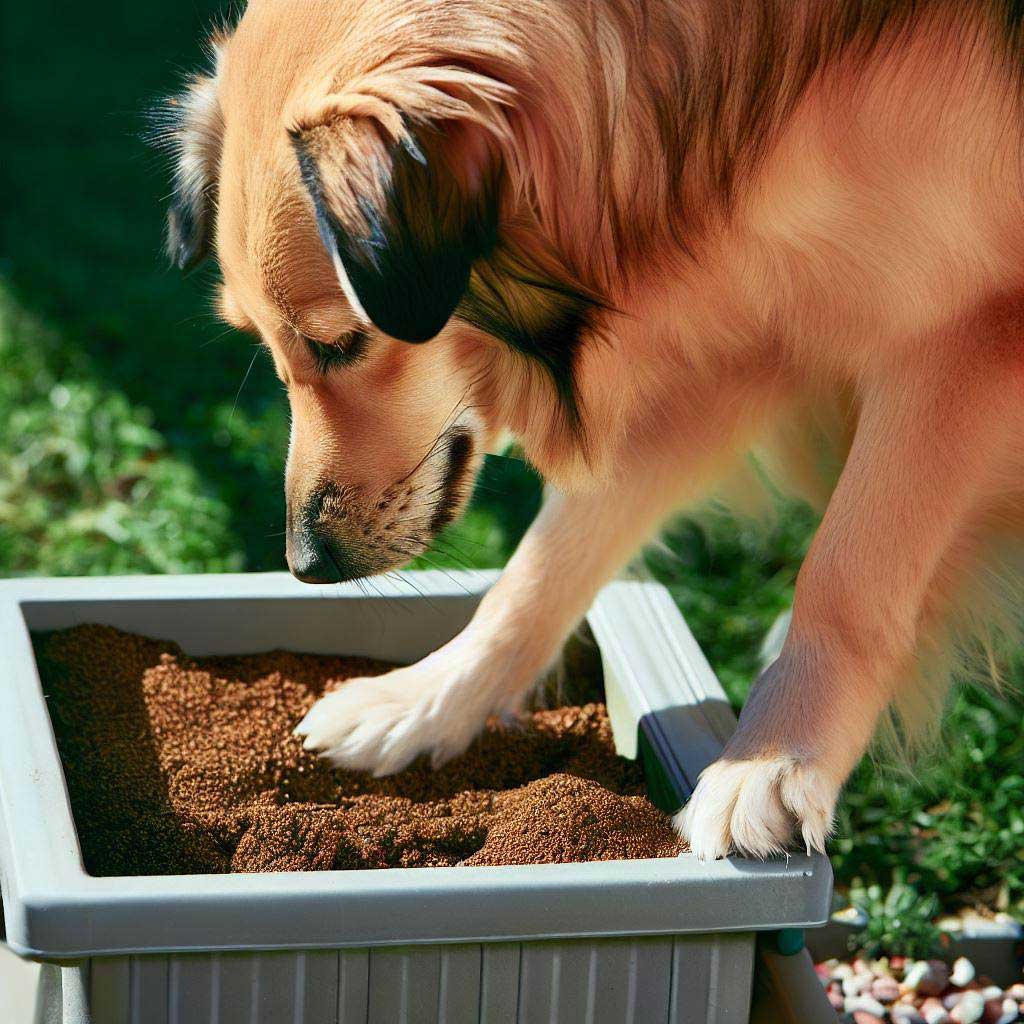
Socialization Skills: Interactions with Humans and Other Pets
Ever wonder why some dogs seem to flourish in social settings, while others cower or lash out? It’s not a roulette wheel; it’s socialization. Training rescue dogs isn’t just about sit, stay, or fetch. It’s also about imparting the social grace required for harmonious living with humans and other animals. Make no mistake, socialization isn’t just a checkbox; it’s a lifeline for your dog’s emotional well-being.
Control the environment
Here’s the rub: not all interactions are equal. A controlled setting is crucial. Instead of throwing your dog into the proverbial social deep-end, opt for incremental exposure. Start with a few familiar faces in a controlled environment. Observe. Note the tail wags, the body posture, the eye contact. Gradually introduce more complexity—new faces, other pets, varying environments.
And please, don’t go on autopilot. Constantly monitor these interactions. Rescue dogs come with a baggage of past experiences, good and bad. Your keen eye will tell you if an interaction is moving towards a positive outcome or not. If not, abort mission. Take a step back, reassess, and make necessary adjustments.
Behavior Modification: Addressing Specific Issues
Okay, so your rescue dog isn’t exactly a social butterfly, or worse, exhibits fear or aggression? Breathe. It’s not a lost cause. Enter behavior modification techniques, your toolkit for rewriting your dog’s emotional responses.
Counter-conditioning is the magic word for fears and phobias. Sounds technical, right? But it’s simple. You’re essentially replacing one emotional response with another. Is your dog terrified of thunder? Pair the sound with something positive, like their favorite treat or toy. Over time, they’ll associate the once-feared sound with something pleasant.
However, what if the issue isn’t fear, but aggression or disruption? There’s a technique for that too—positive reinforcement. Redirect the negative behavior to something constructive. Instead of letting them gnaw your furniture, offer them a toy, hence every time they opt for the toy, reward them. What you’re doing here is creating a new behavioral pathway so that your dog learns that good behavior reaps better rewards than bad behavior.
Training rescue dogs in these nuanced ways is both an art and a science. It demands patience and keen observation. Your end goal? A dog that’s not just obedient, but also emotionally balanced. One that not only understands commands but also understands how to be a good ‘canine citizen’ in a world full of variables. But, let’s not forget, while you’re teaching them, they’re teaching you too—about the resilience of spirit and the transformative power of a second chance.
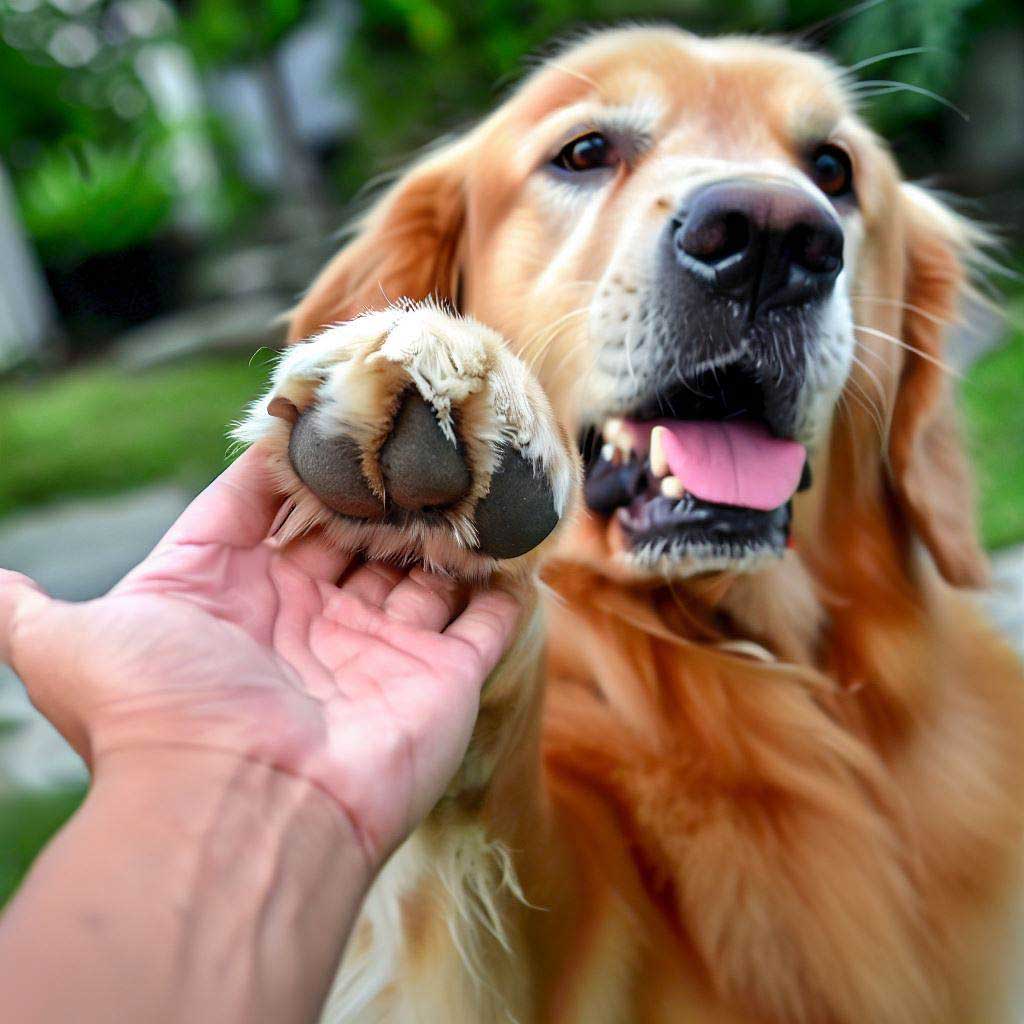
Building Trust: The Cornerstone of Training
Positive Reinforcement Methods
Roll up those sleeves; we’re diving into the heart of the matter—trust. Picture this: Your newly-adopted rescue dog is wary, eyes flickering like a dimmed light bulb. You want to turn up the wattage. How? Positive reinforcement, my friend. Treats, affection, verbal praises—these are your tools. Every ‘sit’, ‘stay’, or ‘come’ obeyed deserves a reward. “Good dog!” should be your mantra. By doing so, you’re not just training rescue dogs, you’re earning trust through consistency.
Building a Bond Through Routine and Predictability
Boom! So you’ve got the basics down. Now what? Believe it or not, predictability is your secret weapon. Sounds dull? Perhaps. But routine translates into safety for your rescue dog. The same walk time every day, the same feeding schedule, the same bedtime. Sounds monotonous, yet comforting, right? It’s this very predictability that carves out a space for trust to bloom. Once your dog knows what to expect, it becomes more open to new experiences, and yes, more advanced training too.
So, ready for an intriguing bit? Training rescue dogs isn’t just about the dog; it’s about you, too. Recognize your emotions, control your body language, and keep your cool. Your dog senses all this. An upset owner leads to an anxious dog. Balance is the key.
Importantly, mutual trust offers more than mere obedience. It creates a profound, lasting bond that transforms both your lives. You’ll find your rescue dog not just more obedient, but more playful, happier, and ultimately, more loving.
Hold that thought! Why should trust matter? Simple. A well-adjusted, trusting dog is less prone to behavioral problems, easier to train, and infinitely more rewarding as a lifelong companion.

Tips and Tricks for Effective Training
Quick and Practical Tips for Effective Training
Ready to level up your game? Training rescue dogs can be challenging, but a few tips can make the difference between a spinning hamster wheel and a smooth glide. First up, let’s tackle clicker training—a marvel, really. A simple “click” communicates success faster than any treat. Your dog hears the click? Presto, they know they’ve done something right. Time-saving and effective.
Don’t underestimate the power of “short and sweet.” Long training sessions exhaust both you and your dog, leading to frustration. Ten to fifteen minutes a few times a day—ideal. Interestingly, your dog’s attention span isn’t much different from yours after a long day of work. Relatable, isn’t it?
Ever considered your tone of voice? Well, you should. A cheerful, upbeat tone does wonders, while a harsh one? Counters progress. Your dog listens to your tone more than the actual words—trust the vibes you give off, literally.
When and How to Seek Professional Help
Pause. Ever felt like you’re hitting a wall? Training doesn’t always go as planned. Signs to look for? Unresponsive behavior, signs of stress, or—god forbid—aggression. Here’s where experts step in. Think of them as dog whisperers, the conductors fine-tuning a symphony of barks and tail wags.
So, how to pick the right expert? Look for accredited professionals who specialize in training rescue dogs, yes, but dig deeper. What’s their philosophy? Are they advocates of positive reinforcement? Good. Experience with rescues? Even better. Consult reviews, or better yet, snag recommendations from your vet or local dog owners.
Finally, brace yourself—a professional isn’t an overnight miracle cure. However, their expertise can guide you through tangled problems and save you long-term heartache. And if you’re torn about the investment, just think about the years of companionship and unconditional love that a well-trained, happy dog can offer.

Conclusion: Training Rescue Dogs: Transforming Lives, One Paw at a Time
Summary of Key Points
Hang on! You’ve reached the end, but your journey with your four-legged friend is far from over. As we recap, remember that the cornerstone is trust, fortified by positive reinforcement and a predictable routine. You built the foundation, yes, but don’t underestimate basic obedience—commands like “sit,” “stay,” and “come” are your toolkit for life.
Socialization isn’t a checkbox but an ongoing project. Have you ever met a person socially awkward one moment and socially savvy the next? No, right? Likewise, for your dog, every encounter is a learning moment. And what about behavior modification? Well, fears and phobias are like bad tattoos: undesirable, but fixable. Counter-conditioning is your eraser; use it wisely.
Encouragement for Ongoing, Consistent Training
Training rescue dogs is not a sprint but a marathon—and the race never really ends. So, if you’ve plunged into the depths of training manuals, DIY online courses, or professional help, give yourself a pat on the back. Why? Because each minute spent training is an investment. You’re not merely modifying behavior; you’re shaping a life, co-authoring a story filled with fetch games and cuddle sessions.
However, be prepared for bumps, detours, and yes, U-turns. You’ll have days when you wonder if any progress has been made. And that’s okay! Consistency is your faithful companion on this journey. In this ever-changing narrative, your role is steady—trainer, companion, and the ultimate anchor in your dog’s life. A training hiccup is just that—a hiccup. Regroup, recalibrate, and charge forward.

FAQ: Training Rescue Dogs: From Stray to Stay
What is the 3 3 3 rule of adopting a rescue dog?
The 3-3-3 rule is a simple yet effective guide for integrating a rescue dog into a new environment. In the first three days, your dog will be overwhelmed by its new surroundings; that’s the decompression phase. During the first three weeks, your dog will start to settle, and its personality will begin to emerge. At three months, your dog should have fully adjusted to the family dynamics, rules, and routine. It’s a process that requires patience and understanding.
What is the best way to train a rescue dog?
The best approach to training rescue dogs involves positive reinforcement and consistency. Begin with short, engaging training sessions, focusing on basic commands like sit, stay, and come. As your dog masters the basics, you can gradually introduce more complex tasks. Reward-based methods create a positive learning environment and build trust. Sometimes, for more advanced behavioral issues, consider bringing in a professional who specializes in training rescue dogs.
How long after adopting a dog should you start training?
Start simple training immediately, but don’t overwhelm the dog. In the initial days, focus on establishing a routine and creating a secure environment. By the end of the first week, you can delve into more structured training. Consistency is key. The earlier you start, the quicker your rescue dog will adapt to its new life.
Is it possible to train a rescue dog?
Absolutely, rescue dogs are trainable. Some may have past traumas or behavioral quirks that require special attention. However, with consistent, patient training, they can learn new behaviors and skills. In many cases, rescue dogs are eager to please and quick to learn, making them excellent candidates for training.
What is the hardest part of adopting a rescue dog?
The unpredictability of a rescue dog’s past can be challenging. You may encounter unexpected behavioral issues or discover that the dog has specific triggers. Establishing trust and consistency can take time, but it’s crucial for a smooth transition. Learning to communicate with a dog that has had past traumas can require extra patience and expertise.
Should you rename a rescue dog?
Renaming a rescue dog is an option but should be done thoughtfully. Choose a name that is phonetically similar to the old one to facilitate the transition. Use positive reinforcement to help the dog associate good things with the new name. Gradually, your dog will start responding to it.
How do you bond with a rescue dog?
To bond with a rescue dog, spend quality time together. Activities like walking, playing, or simply sitting together can strengthen your bond. Building trust is essential, and positive reinforcement can facilitate this. Remember, bonding is a two-way process; your dog also learns to read your signals and emotions.
How do I get my rescue dog to calm down?
Calming a hyperactive rescue dog requires a combination of physical exercise and mental stimulation. Daily walks, interactive toys, and puzzle feeders can keep your dog occupied. Consistency in daily routines and using calming signals can also have a soothing effect on your dog.
How do you train a stubborn rescue dog?
Training a stubborn rescue dog demands patience and a tailored approach. Identify what motivates your dog; this could be treats, toys, or praise. Use this motivator in your training sessions for better results. If traditional methods fail, consult a professional for a more tailored approach.
Where should adopted dog sleep first night?
The first night is critical for setting future sleeping arrangements. A crate or bed in your bedroom can offer the dog a sense of security. Make the space cozy with a familiar blanket or toy. This sets the stage for better training and bonding moving forward.
What should you not do after adopting a dog?
Avoid overwhelming the dog with too many new experiences or environments immediately. Stick to familiar settings, introduce them gradually to new faces, and avoid overly busy places. Rushing this process can lead to stress and anxiety for the dog.
How do you discipline a newly adopted dog?
Discipline should be firm but fair. Opt for positive reinforcement instead of harsh physical punishments or yelling. It’s crucial to correct the unwanted behavior immediately so that the dog makes the connection. Consistent, timely discipline is more effective than punitive measures.
Do rescue dogs know they’re being rescued?
While dogs can’t comprehend the concept of “rescue,” they do sense a change in their living conditions. Positive treatment can make them more comfortable and secure. Over time, you’ll notice them becoming more relaxed and content in their new environment.
Do rescue dogs know they are loved?
Dogs understand love through consistent, positive interactions. Your tone of voice, touch, and general behavior are all signals that help them perceive whether they are loved. Over time, as you establish trust and routine, your dog will undoubtedly feel loved.
Do rescue dogs get attached to one person?
Rescue dogs often form a strong bond with their primary caregiver. However, this doesn’t mean they won’t bond with other family members. It’s essential to involve everyone in the care and training of the dog to establish a well-rounded relationship.
Why won’t my rescue dog come when called?
Failing to respond to a call often stems from past experiences or lack of training. Consistent practice with rewards can improve this. If the problem persists, professional intervention may be necessary.
What is the least trainable dog?
There’s no one-size-fits-all answer, as trainability varies even within breeds. However, some breeds like Afghan Hounds or Bulldogs are often labeled as “stubborn.” Individual temperament and past experiences also greatly affect a dog’s willingness to learn.
What is the hardest thing to train a dog to do?
Advanced commands like “heel” or tricks that require high concentration and balance are generally the most challenging. This demands not only a well-trained dog but also an attentive and skilled handler.
What’s the first step in training a rescue dog?
The first step in training a rescue dog is to establish trust. Without trust, any training efforts will be largely ineffective. Spend time with your dog, engage in activities you both enjoy, and start with simple commands that allow for easy success.
How long does it typically take to train a rescue dog?
The duration can vary, ranging from a few weeks for basic commands to several months for more complex behaviors. Factors like the dog’s age, previous training, and any behavioral issues can all impact how long it takes.
Can you train an older rescue dog, or is it easier with puppies?
Both have their pros and cons. Older dogs may be more focused but could also have ingrained behaviors that are hard to change. Puppies are easier to mold but require a lot of time and patience.
What should you do if your rescue dog isn’t responding to training?
If your rescue dog isn’t responding to conventional training methods, it’s time to consult a professional. Experienced trainers can assess the situation and suggest specific strategies or modifications.
Some further reading that may interest you:
If the challenge you’re facing is taming an aggressive temperament, know that there are proven ways to bring serenity into your dog’s life—and yours. The right blend of behavior modification, situational awareness, and sometimes even professional help can substantially reduce aggression in your canine companion. To arm yourself with actionable strategies, be sure to read “How to Calm an Aggressive Dog: 11 Proven Ways.”
You’ve journeyed through the vast landscape of dog training methods, and now you’re equipped with the secrets that can transform any canine into a well-behaved companion. The key takeaway? Tailoring your approach to fit your dog’s unique personality and needs can unlock unprecedented levels of success in training. Have a read of “Best Dog Training Methods: Unlocking the Secrets“.
And, If you want to delve into the specialized world of training senior dogs, remember that age is just a number. With the right strategies, patience, and a touch of creativity, you can teach your old dog new tricks, enriching both their life and yours in the process. For more information, check out “Training Senior Dogs: Effective Strategies“.
